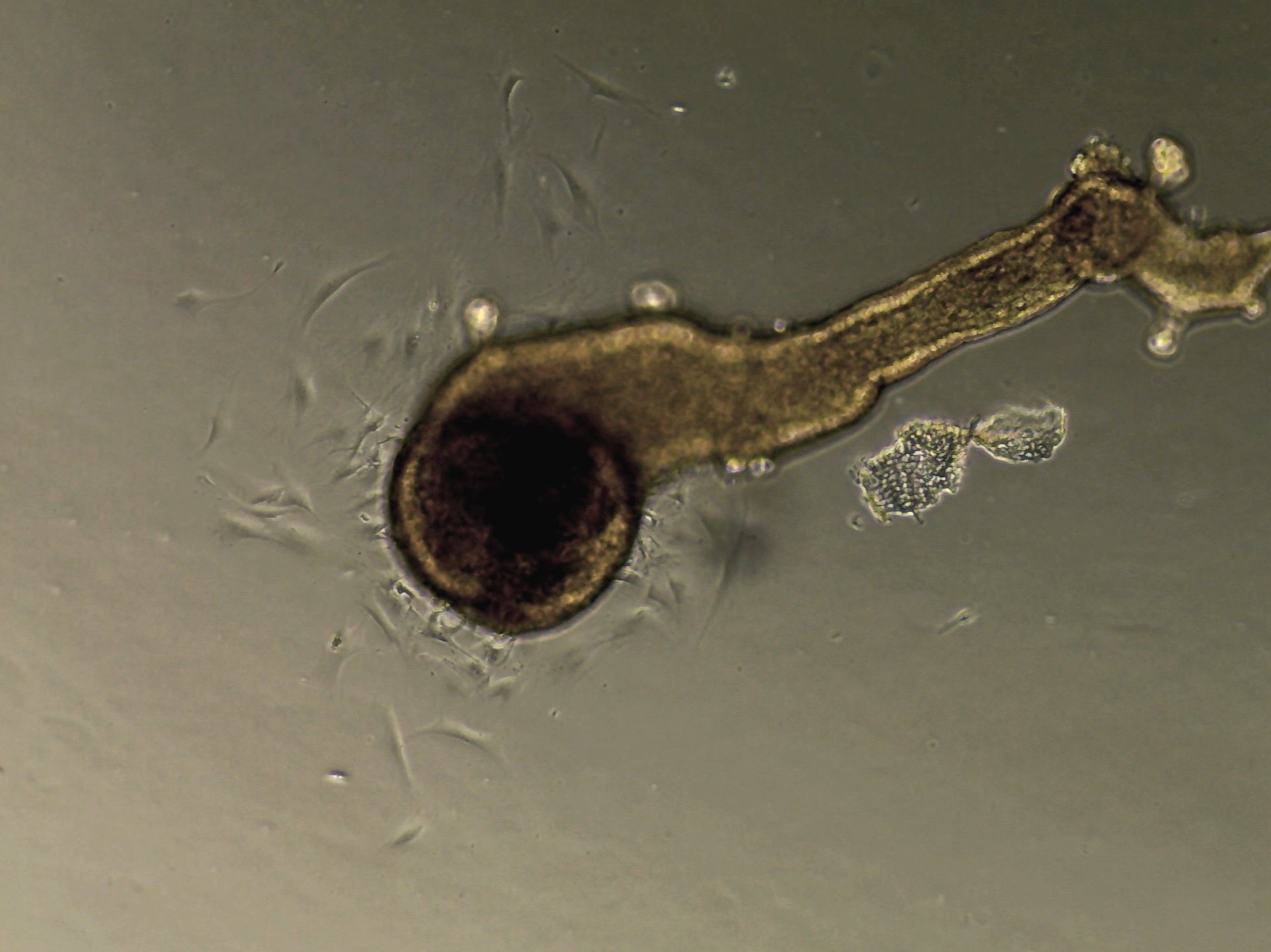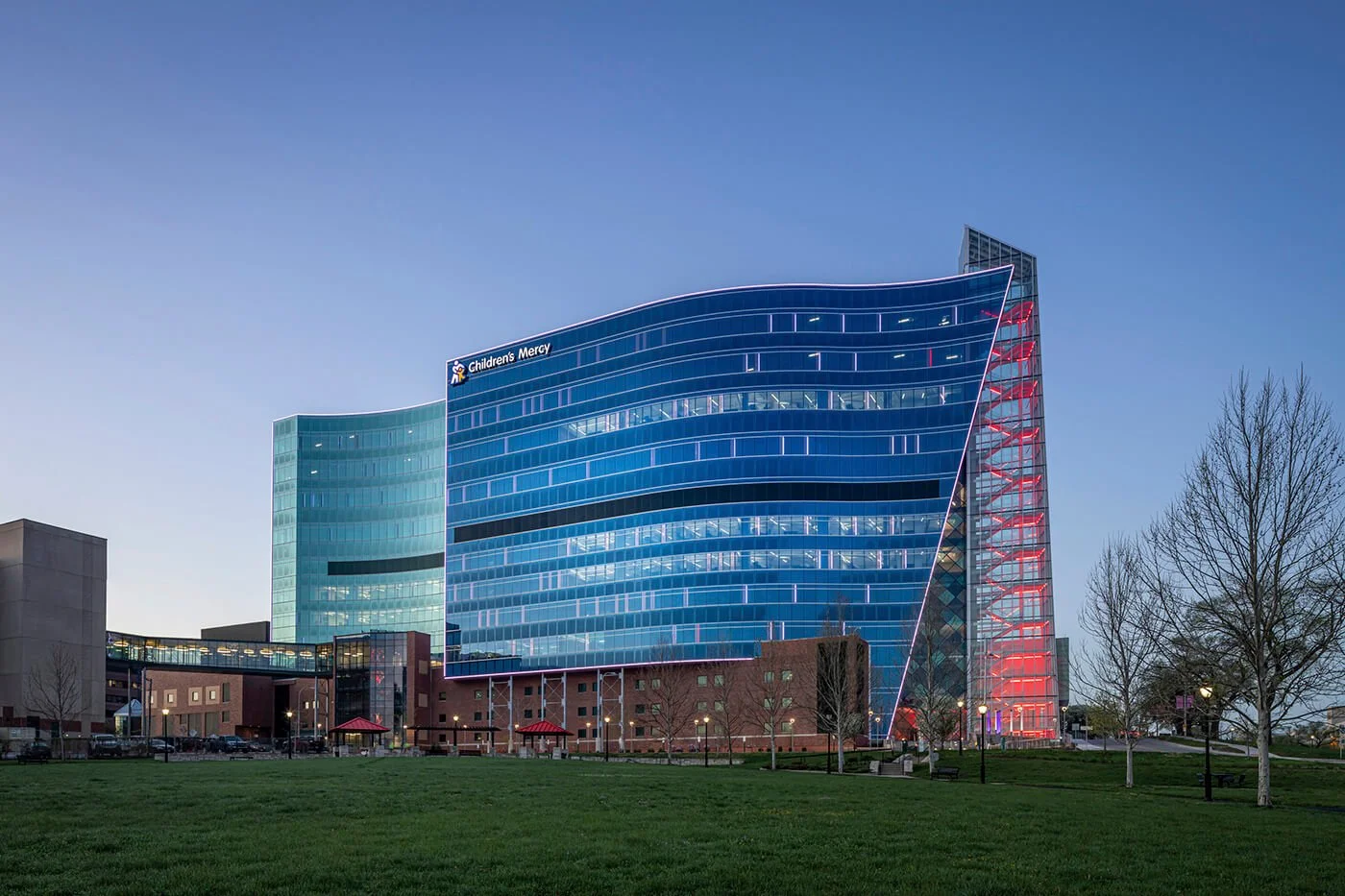Placental Development for Pregnancy Success
Development is a brief, yet critical window of time during which the intrauterine environment supports fetal growth and facilitates the health trajectory for the lifetime. Although inherently challenging to study, interventions during this critical window offer incredible potential for long-term health returns. We are intrigued by the concept of developmental origins and fascinated to understand how we can better promote health starting during development. The research program in the Varberg lab centers on understanding placental development for pregnancy success, with specific emphasis on the critical contributions of placental trophoblast cells.
Research Group Highlights
-

Research Programs
View the current project concepts driving our research program
-

Our Team
Meet the members of the Varberg lab
-

Scholarly Works
Check out our latest publications
Our vision
Uterine vascular remodeling occurs during gestation to help meet increasing fetal nutrient demands during development. This remodeling includes modification of the uterine spiral arteries that supply blood to the fetus to become low resistance vessels. Central to uterine spiral artery remodeling are invasive trophoblast cells, known in the human as extravillous trophoblast (EVT). Inadequate trophoblast cell lineage development leading to suboptimal placentation underlies several prominent pregnancy complications including preeclampsia, intrauterine growth restriction, preterm birth, and still birth, all of which negatively impact maternal and fetal health outcomes, including postnatal health and susceptibility to adult disease.
The long-term goal of the Varberg lab is to determine how abnormal placentation leads to the development of pregnancy complications, such that disease biomarkers can be identified for earlier detection of disease.
Affiliations and Organizations








